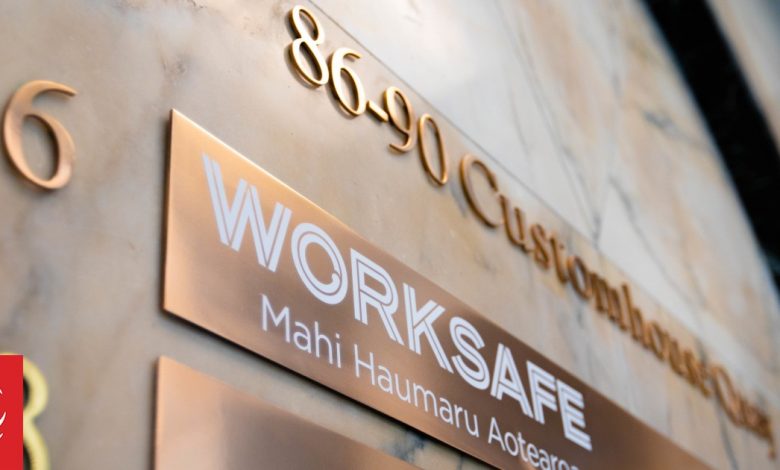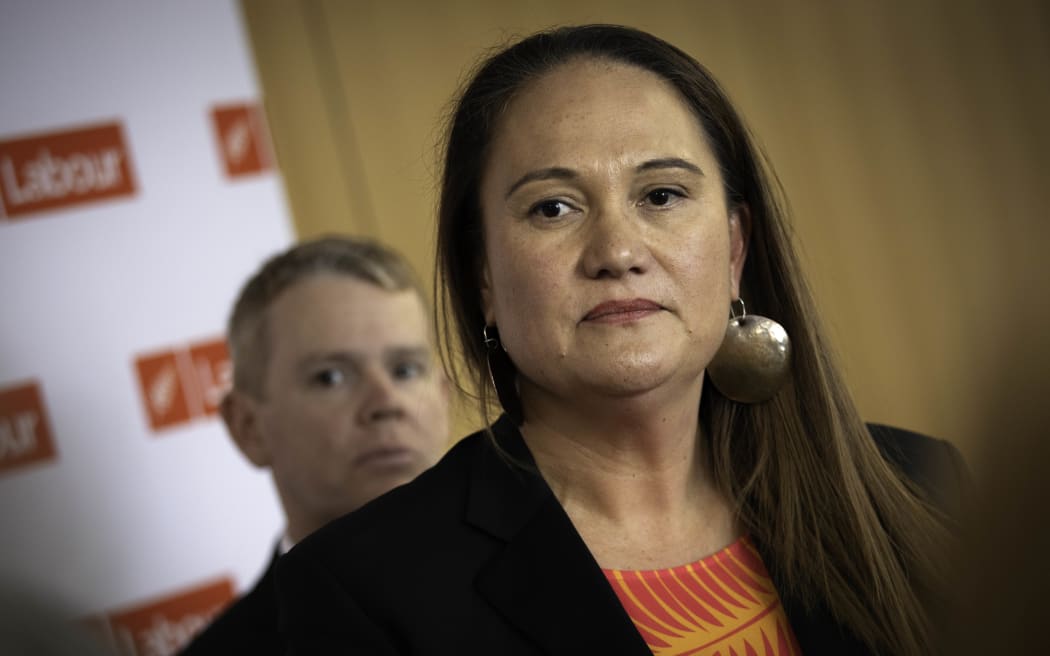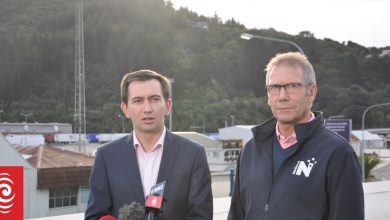Cabinet papers reveal WorkSafe faced nearly $18m deficit, needed bailout

The extent of WorkSafe’s woes, and its deficit – and plans to cut 170 staff to plug it last year – are revealed in a newly released Cabinet paper.
These show the leading Crown workplace regulator was facing a nearly $18 million deficit on spending of about $140m in 2023-24, perplexing its parent ministry MBIE which was forced to parachute in a Crown Monitor to begin “intensive” oversight.
The 34-page paper from last September, proactively released, shows WorkSafe did not have a handle on how it was resourced, and needed bailing out.
It took aim at nine functions it said it would stop delivering, including a victim support service but no other frontline ones, to save money.
The pressure has not since let up on WorkSafe.
Its acting chief executive – brought in around the time of the worrying Cabinet paper – is set to leave this month, and the government has begun a national consultation over whether the health and safety system was working.
National and ACT have promised to overhaul the law and regulations.
The Workplace Relations and Safety Minister Brooke van Velden suggested these have multiplied out of all proportion to the “actual risks”, like the “sea of orange road cones that have taken over the country”.
To compound financial pressures, ACC was taking back funding of up to $15m a year it had given WorkSafe to fund injury prevention programmes, partly because the model demanded a high return-on-investment but WorkSafe was managing just 20 cents in the dollar.
A business leaders health and safety forum taskforce launched a fresh round of salvoes in a report this week, that said the reforms of 2010-15 that set up WorkSafe meant the agency was better resourced, “but has still failed to provide sufficient guidance for those wanting to do the right thing and sanction for those who do not”.
“In the six years since it was launched, the government’s 2018-2028 Health and Safety Strategy … has seen no action plan or implementation,” it said.
MBIE’s summation was not far off that, in its launch of the new consultation: “Although New Zealand’s work health and safety law is adapted from the Australian law, New Zealand’s health and safety record remains worse than Australia’s and has been slow to improve.”
‘A gap of $17.8 million’

The newly released Cabinet paper from the previous Workplace Minister Carmel Sepuloni revealed WorkSafe came under extra scrutiny from MBIE in 2021 when it tried to expand – but the overlord ministry found WorkSafe’s understanding of its funding base “was limited’, and levels of sustainable funding “were yet to be identified”.
Despite MBIE pitching in, the agency had failed to get its act together by last year, “a factor in Treasury not supporting a Budget 2023 bid aimed at organisational capability and capacity building”.
Six months on from that Budget 2023, Sepuloni mounted the effort outlined in the September Cabinet paper to deal with WorkSafe’s “immediate and short-term cost pressures”.
WorkSafe got little relief in Budget 2024. It received $5.7m a year extra over four years to deal with inflation, IT costs and other pressures, while reducing its operating funding from the health and safety work levy by $8.5m.
RNZ last September reported on a tip-off that WorkSafe was poised to cut 120 jobs amid a huge deficit.
The reality was worse, “a gap of $17.8m”.
Sepuloni had stepped in, asking officials to clarify with the head of WorkSafe – then Phil Parkes – “about the drivers of this gap”.
It turned out the agency had been using underspends from money tagged for specific things, such as an overhaul of Plant and Structure regulations, to fund core services.
“However, these underspends are now fully exhausted, and the gap needs to be funded from cost reductions,” it said.
“To address this, WorkSafe has identified $18m of savings, including $12m in non-personnel savings, and $6m in personnel savings.”
It moved to cut nine non-core functions, including its coronial and victim support services. WorkSafe suggested these could be done by other agencies, or absorbed by its inspectors.
The September 2023 Cabinet paper said the “streamlining of services does not provide a substantial buffer” in case of a major event, costs for retraining or “potential personal grievances and related legal costs resulting from the organisational redesign”.
The agency’s board in April 2024 said swift action had been taken since late last year, by the interim chief executive Steve Haszard, to make changes.
WorkSafe was set up in 2014 with $87m funding mostly from the health and safety work levy, and this rose steadily to an annual $141m, including one-off Crown funding for Covid.
Paying for the Whakaari White Island prosecutions, budgeted to cost $16m, kept dragging on it, the paper showed, but it had to press on.
“Should the quality and thoroughness of the Whakaari prosecution be affected by a shortfall in funding, this could have significant implications for public confidence.”
The health and safety system consultation was open to submissions until 31 October.
According to the news on Radio New Zealand




